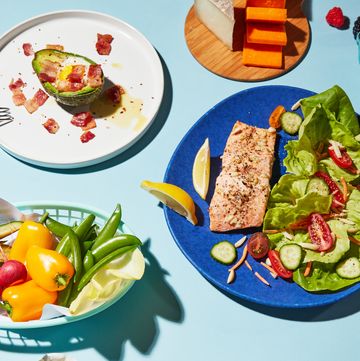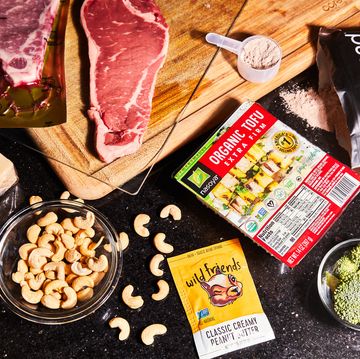Super Bowl alert: If you’re trying to reduce your daily calorie consumption this year, now’s the time to double down. New research indicates that Americans buy and consume more calories during Super Bowl weekend than at any other time of the year, including the Thanksgiving and Christmas holidays.
The paper, published in PLoS One, reveals other surprising consumption habits. For example, despite our best intentions and New Year’s resolutions, most of us don’t eat fewer calories in January.
Instead, we purchase a little more healthful food than usual, and allow these foods to provide a “halo effect” to our dietary habits. In other words, we let these purchases trick us into thinking we are eating healthier. Meanwhile, we continue to consume just as many non-healthful foods, while adding a modest amount of the healthful foods. Result: more total calories.
Well-known Cornell food psychologist Brian Wansink, author of the new Slim by Design: Mindless Eating Solutions for Everyday Life, served as senior author of the paper. Wansink and colleagues used bar-code data to measure supermarket purchases of 207 families for eight months of the year (July to March). The families shopped at an upstate New York grocery chain with a nutrient-rating system. This allowed the researchers to lump all food purchases into a “healthy” or “not healthy” category.
In early July, the families purchased only $80 worth of food per week. In August, this rose to about $105 per week, a rate that continued for almost four months. However, from Thanksgiving through Christmas, purchases climbed to $125 per week, and remained at this level through the end of January.
At the end of January, however, right around the time of the Super Bowl, purchases shot to $140 per week and more. Prior research has shown a high correlation between supermarket purchases and calories consumed by family members.
Perhaps most interestingly, families spent $3.98 per week on healthful foods during the holidays, but then $13.24 per week after January 1. Because they didn’t decrease their spending on less healthful foods, their grocery bills simply climbed.
“Not only did purchasing of less-healthy items increase during the holiday season, but it remained elevated in the weeks immediately following,” the researchers report.
The researchers also offer several suggestions for grocery shoppers who would like to improve their buying habits. First, bring a list, and stick to it. Second, try to remember what your shopping cart looked like back in summer rather than during the recent holiday weeks. Third, come up with a “visual cue” that will encourage you to divide your shopping cart in half, and don’t let non-healthful foods fill more than half of the cart.
Related:
The Runner's Ultimate Grocery List













